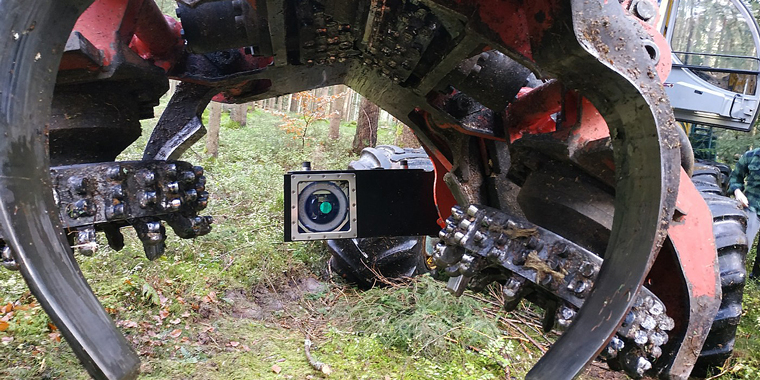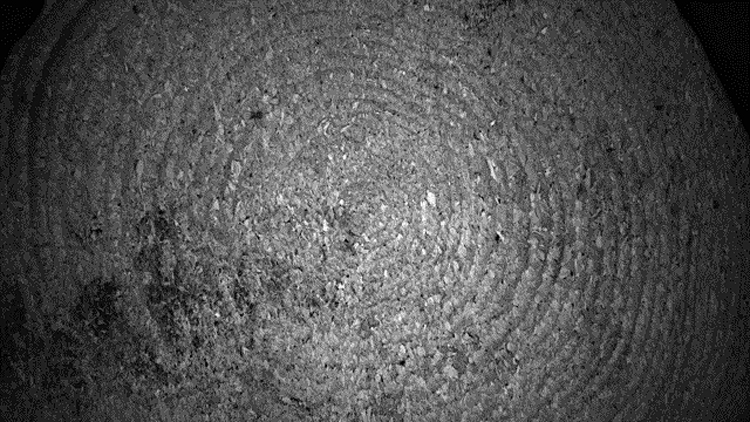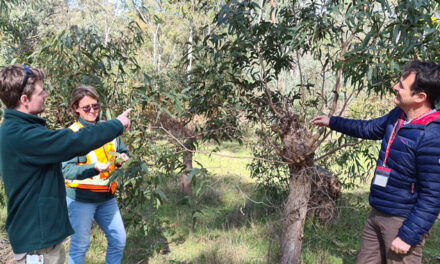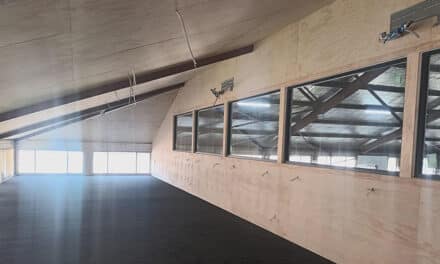MARKER-FREE LOG TRACING FOR PROOF OF ORIGIN
GERMAN SCIENTISTS DEVELOP A ‘FINGERPRINT’ SCAN THAT CAN WORK ANYWHERE.
The unique ‘fingerprint code’ of each log is forgery-proof.
Falsifying timber origins is a significant problem with undesirable effects from deforestation to avoiding trade embargoes. But current techniques for labelling logs involve markings that can be tampered with.
Researchers at Germany’s Fraunhofer Institute for Physical Measurement Techniques IPM have developed a quick, highly effective and forgery-proof optical method that allows up to 100% recognition – even in the rough conditions of the timber industry.
The Track & Trace Fingerprint method uses high-resolution cameras to photograph the unique structures on cut log surfaces. An additional photograph of the log in its context is taken and given a unique ID code together with the ‘fingerprint’, then stored in a Cloud database. If doubts arise in future, the context photo can be compared with new images of the area the log is supposed to come from for digital checking.
The combination of the specific structure of the cut surface with knots, growth rings and rough surfaces, and the complex forest environment makes falsification impossible.
Three different camera systems have been developed for wood processing applications, each to suit specific lighting conditions: one integrated in a forest harvester, one for use in a sawmill and a hand-held system. This allows the tamper-proof identification of individual logs and trunk sections, even if the timber is mixed up during harvest and processing. Taking another image of the same surface section allows the trunk to be identified.
As part of the project, researchers were able to show that the process worked effectively under the harsh conditions in forests and sawmills.
For more details on the project, click here.










